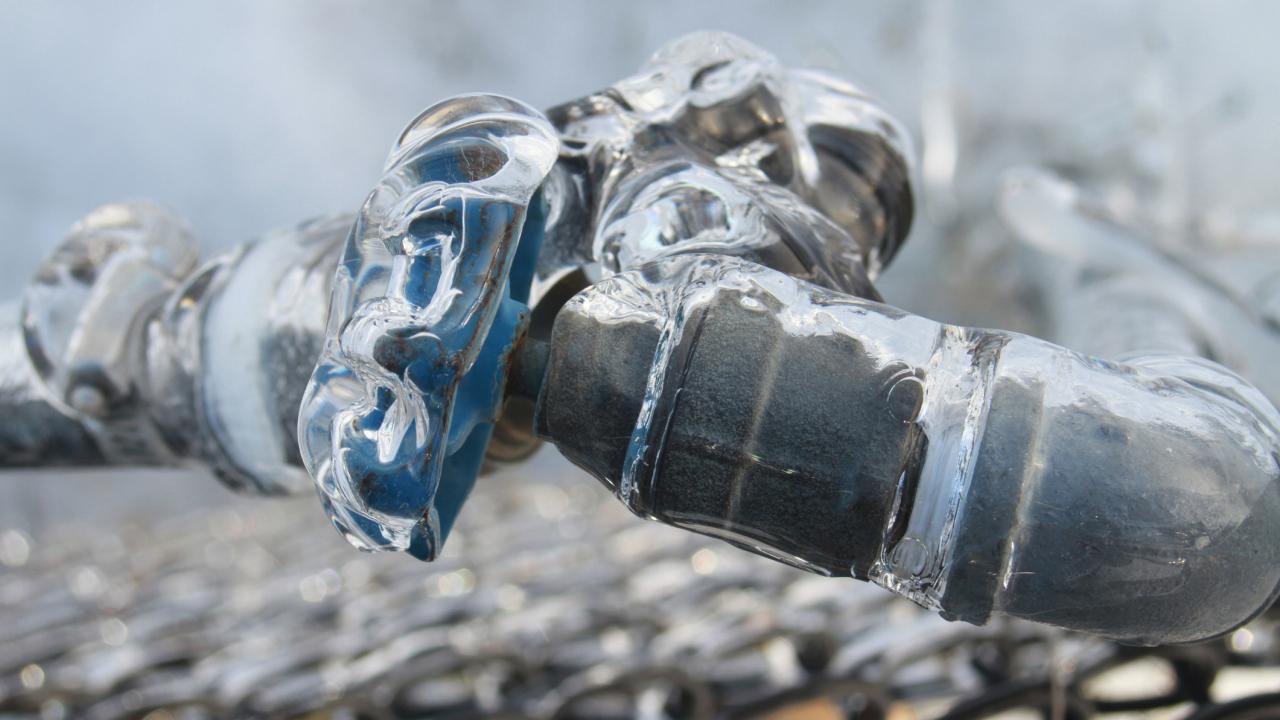How to Defend Your Pipes from Cold Weather: Specialist Guidance
Book With Us Today!How do you actually feel with regards to Prevent Frozen Pipes ?

Cold weather can ruin your pipes, specifically by freezing pipes. Here's just how to stop it from occurring and what to do if it does.
Intro
As temperature levels decrease, the risk of icy pipes rises, potentially resulting in costly repairs and water damages. Understanding just how to prevent icy pipes is important for homeowners in chilly environments.
Understanding Frozen Pipelines
What creates pipelines to ice up?
Pipelines freeze when subjected to temperature levels below 32 ° F (0 ° C) for extended periods. As water inside the pipes freezes, it broadens, putting pressure on the pipe walls and possibly triggering them to break.
Risks and problems
Icy pipes can lead to water supply disruptions, building damages, and pricey repair services. Burst pipelines can flooding homes and trigger comprehensive structural damage.
Indicators of Frozen Pipeline
Identifying icy pipes early can stop them from bursting.
How to identify icy pipes
Try to find reduced water flow from faucets, unusual smells or sounds from pipelines, and noticeable frost on subjected pipes.
Avoidance Tips
Insulating prone pipes
Cover pipes in insulation sleeves or utilize heat tape to secure them from freezing temperatures. Focus on pipes in unheated or external areas of the home.
Home heating techniques
Maintain indoor rooms appropriately heated up, particularly areas with pipes. Open up cabinet doors to permit warm air to circulate around pipelines under sinks.
Securing Outdoor Pipes
Garden pipes and exterior taps
Separate and drain pipes garden hoses before winter months. Mount frost-proof spigots or cover outdoor faucets with protected caps.
What to Do If Your Pipes Freeze
Immediate activities to take
If you presume frozen pipelines, keep taps open to alleviate stress as the ice thaws. Utilize a hairdryer or towels taken in hot water to thaw pipelines slowly.
Long-Term Solutions
Architectural changes
Think about rerouting pipelines far from exterior wall surfaces or unheated locations. Include additional insulation to attic rooms, cellars, and crawl spaces.
Updating insulation
Purchase high-quality insulation for pipelines, attics, and walls. Correct insulation helps maintain regular temperature levels and minimizes the danger of icy pipes.
Verdict
Protecting against icy pipelines requires aggressive actions and quick responses. By comprehending the reasons, signs, and safety nets, property owners can safeguard their pipes during winter.
5 Ways to Prevent Frozen Pipes
Drain Outdoor Faucets and Disconnect Hoses
First, close the shut-off valve that controls the flow of water in the pipe to your outdoor faucet. Then, head outside to disconnect and drain your hose and open the outdoor faucet to allow the water to completely drain out of the line. Turn off the faucet when done. Finally, head back to the shut-off valve and drain the remaining water inside the pipe into a bucket or container. Additionally, if you have a home irrigation system, you should consider hiring an expert to clear the system of water each year.
Insulate Pipes
One of the best and most cost-effective methods for preventing frozen water pipes is to wrap your pipes with insulation. This is especially important for areas in your home that aren’t exposed to heat, such as an attic. We suggest using foam sleeves, which can typically be found at your local hardware store.
Keep Heat Running at 65
Your pipes are located inside your walls, and the temperature there is much colder than the rest of the house. To prevent your pipes from freezing, The Insurance Information Institute suggests that you keep your home heated to at least 65 degrees, even when traveling. You may want to invest in smart devices that can keep an eye on the temperature in your home while you’re away.
Leave Water Dripping
Moving water — even a small trickle — can prevent ice from forming inside your pipes. When freezing temps are imminent, start a drip of water from all faucets that serve exposed pipes. Leaving a few faucets running will also help relieve pressure inside the pipes and help prevent a rupture if the water inside freezes.
Open Cupboard Doors
Warm your kitchen and bathroom pipes by opening cupboards and vanities. You should also leave your interior doors ajar to help warm air circulate evenly throughout your home.

I'm certainly very fascinated with Prevent Frozen Pipes and I really hope you appreciated my blog entry. Sharing is caring. Helping people is fun. I recognize the value of your readership.
Browse Website